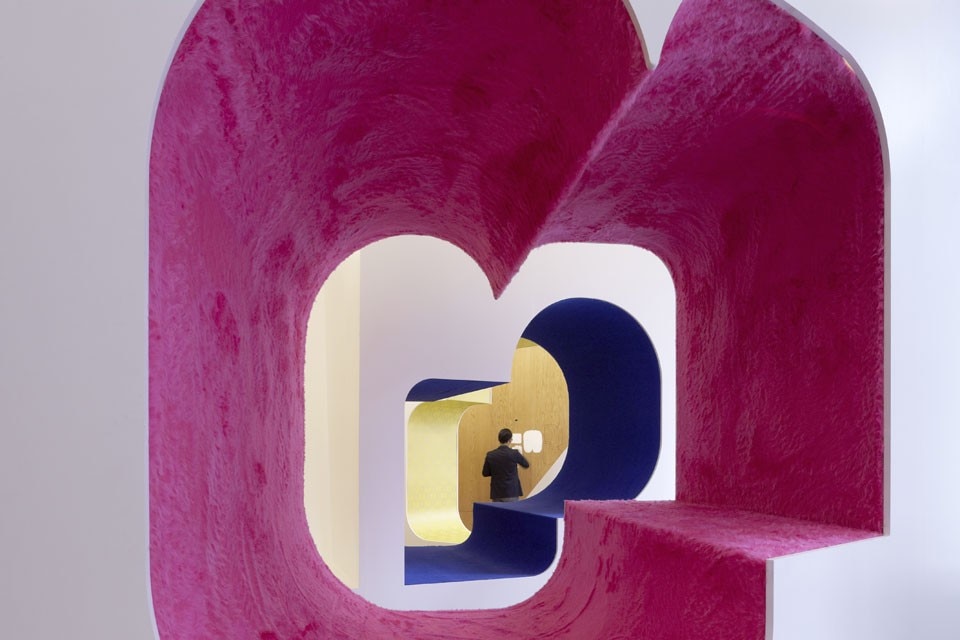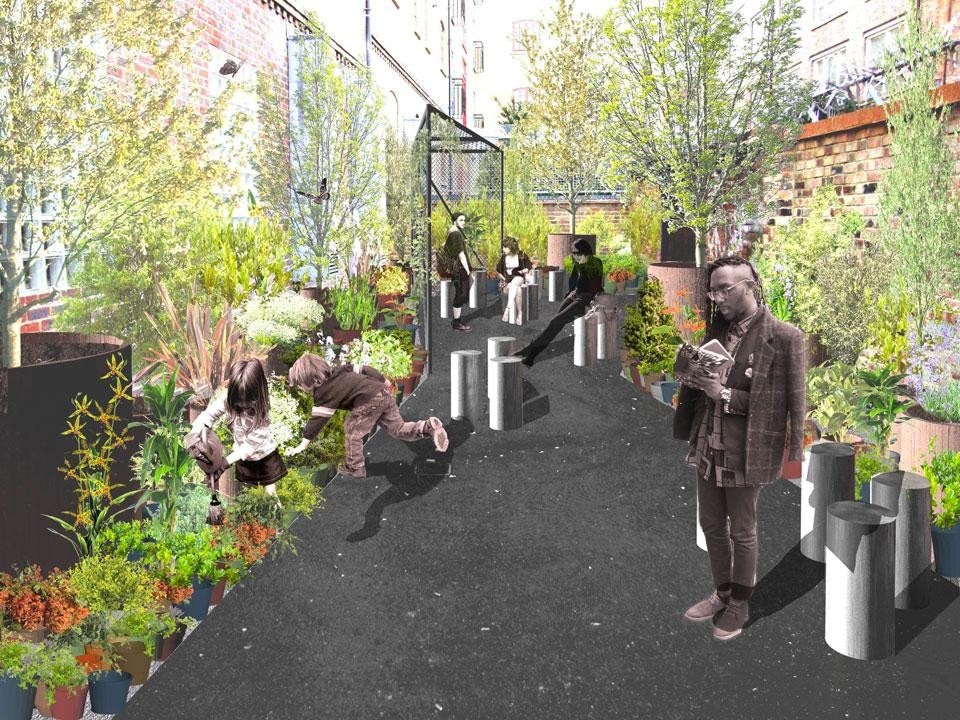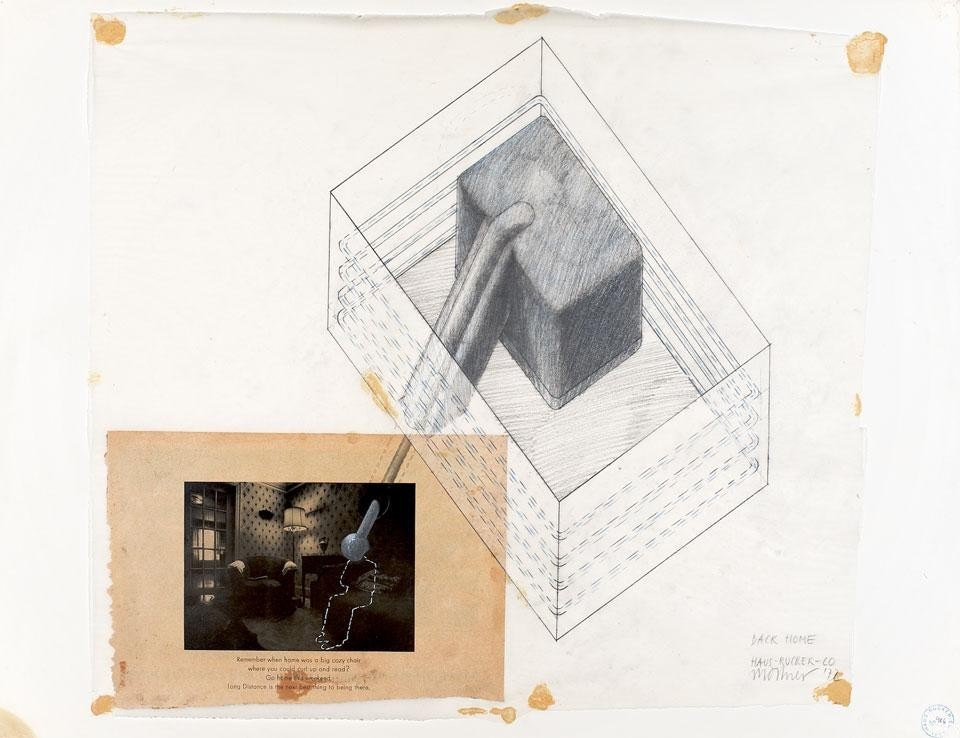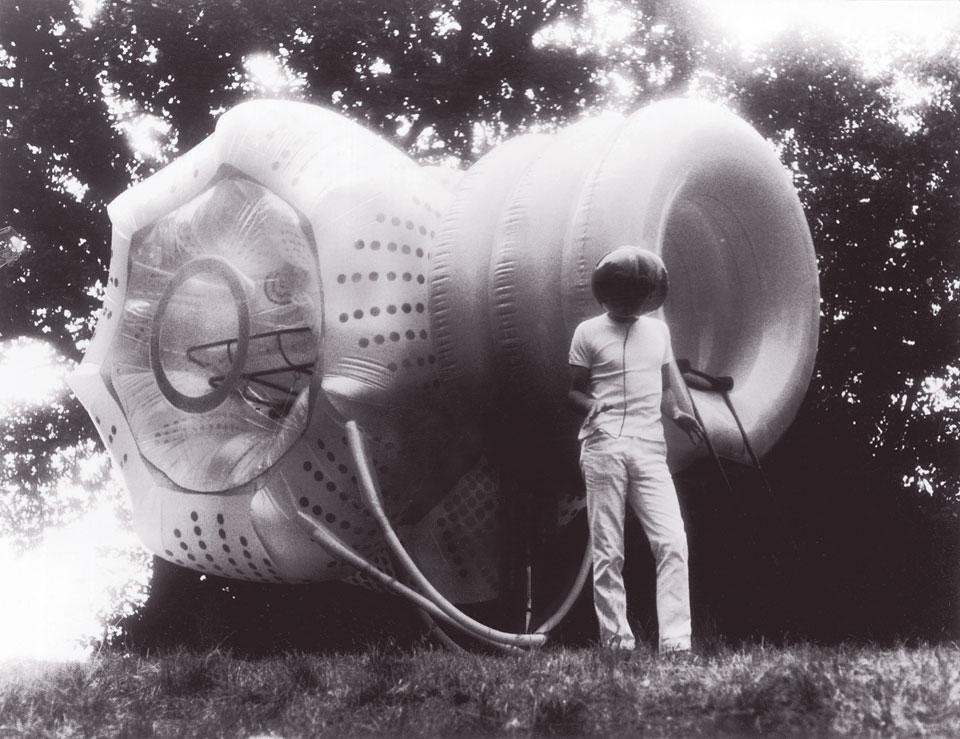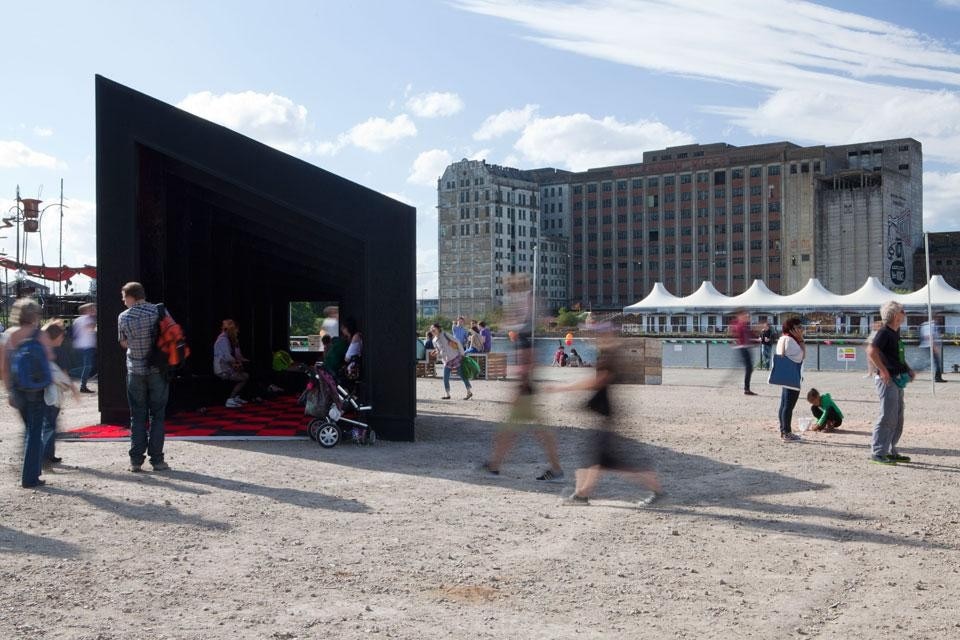If the festival has a headlining act, it is perhaps the London Pleasure Gardens, which present an unusual vision of urban renewal in the capital's former industrial heartland, dominated as it has been since the 1980s by speculative housing and office development, at the expense of more community-based enterprises. Inspired by the English pleasure garden, the 60,000 square metre site, surrounded by dilapidated industrial mills and landmarks such as the Dome and Canary Wharf, includes oddities such as a golf-ball-like concert hall, monopoly houses and an oyster bar with a grass roof that doubles as seating for the open-air cinema.
Although the gardens are still incomplete, the size of the crowds patiently waiting for the site to open on its first day suggests that this mix of industrial heritage, Victorian-style entertainment and 21st century follies will provide the variety that people have craved for decades in this part of London.
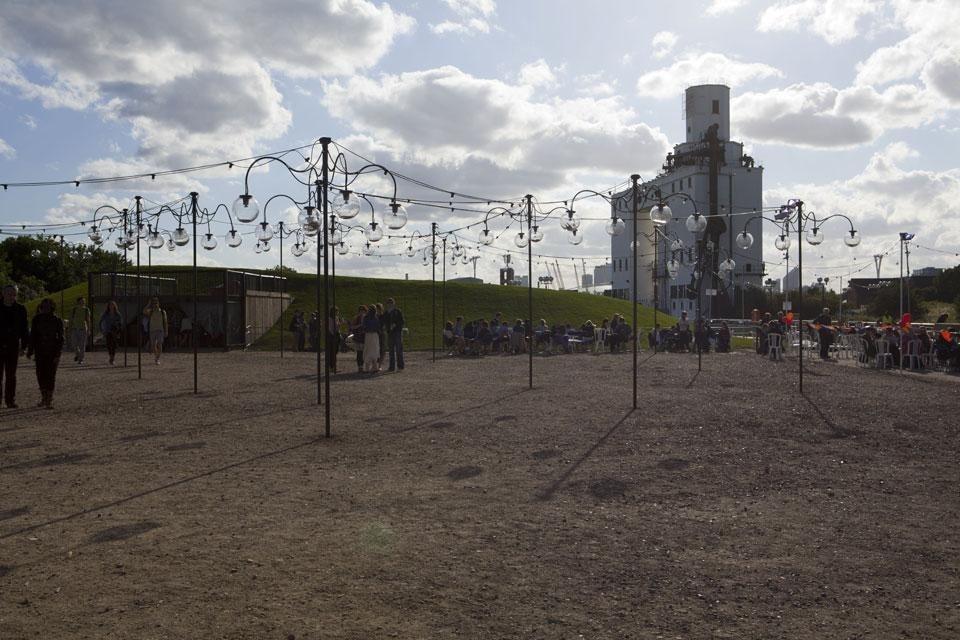
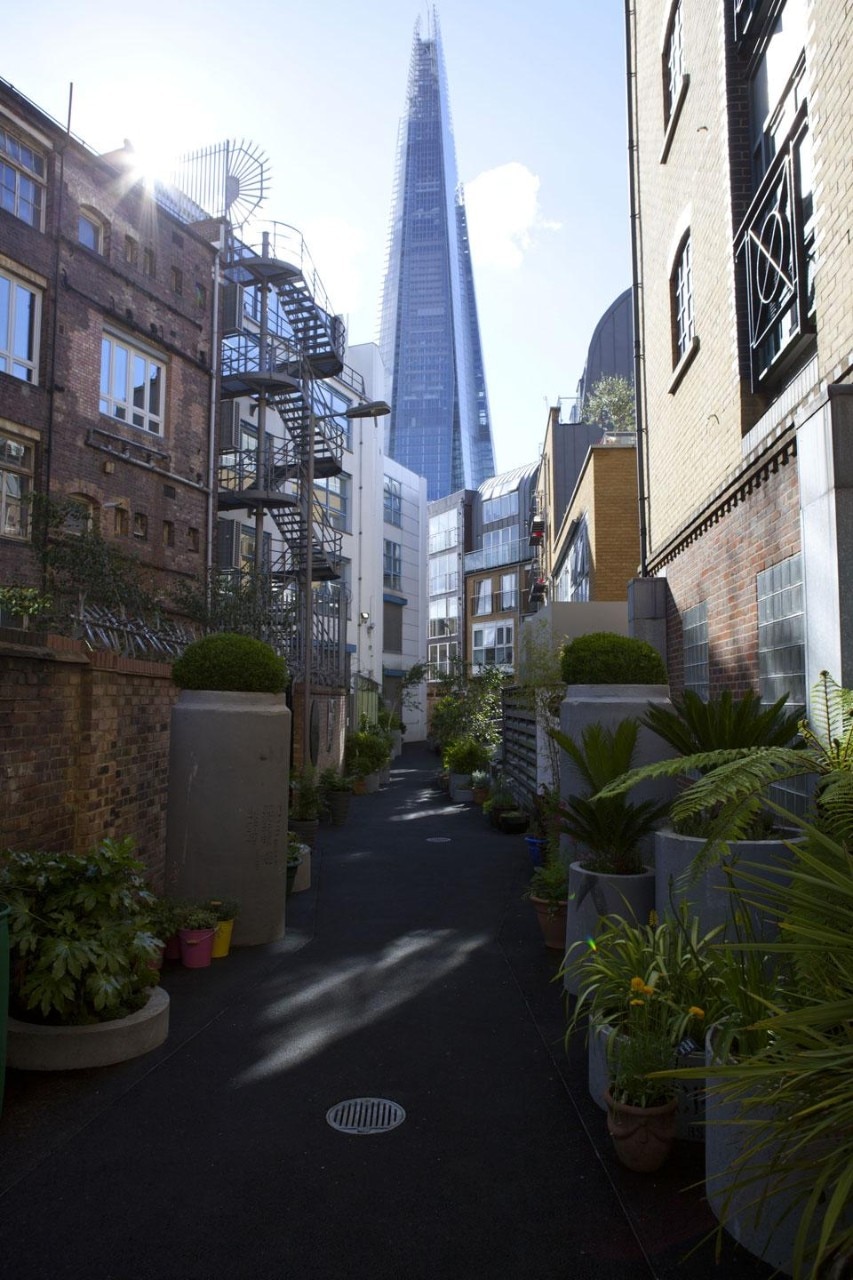
The bottom-up approach may become a bigger factor in city planning: similarly inspired projects are a feature of this year's festival.
